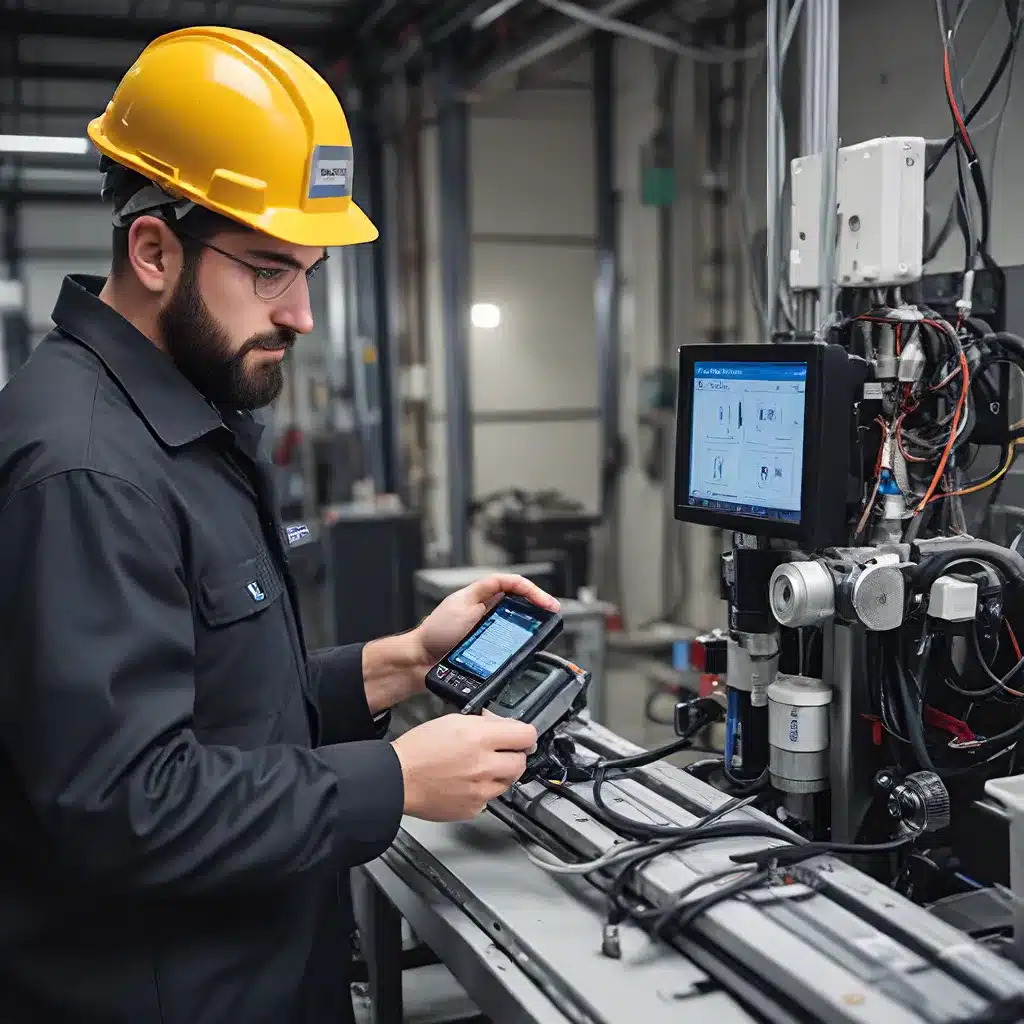
The Internet of Things (IoT) has revolutionized the way we interact with our environment, enabling seamless data collection and analysis across a wide range of industries. However, the success of IoT applications heavily relies on the performance and reliability of the underlying sensor networks. One of the critical challenges in sensor network design is ensuring accurate sensor calibration, especially in harsh environmental conditions.
Sensor Calibration: The Key to IoT Reliability
Sensors are the fundamental building blocks of IoT systems, responsible for converting physical variables, such as temperature, pressure, or humidity, into digital signals that can be transmitted and analyzed. Sensor calibration is the process of adjusting the sensor’s output to ensure it accurately represents the measured physical quantity. Proper calibration is essential to maintain the integrity and reliability of the data collected by the sensor network.
In the context of IoT, sensors are often deployed in harsh environments, such as industrial facilities, remote locations, or extreme weather conditions. These environments can introduce a variety of factors that can affect sensor performance, including temperature fluctuations, exposure to corrosive substances, mechanical stress, and electromagnetic interference. Uncalibrated sensors operating in such conditions can lead to inaccurate data, leading to poor decision-making, equipment failure, and potentially catastrophic consequences.
Advancing Sensor Calibration Techniques
To overcome the challenges of sensor calibration in harsh environments, researchers and industry leaders have been actively developing innovative solutions. These advancements can be categorized into three main areas: smart sensor technology, self-calibration mechanisms, and sensor fusion techniques.
Smart Sensor Technology
Smart sensors are a key component in the evolution of sensor networks for IoT applications. These sensors integrate advanced microprocessors, signal processing capabilities, and wireless communication modules within the sensor package. This integration allows smart sensors to perform real-time data processing, self-diagnostics, and automatic calibration, reducing the burden on centralized computing resources and improving overall system reliability.
One example of a smart sensor application is the smart fault indicator developed by Texas Instruments. This sensor monitors the temperature and current in power transmission lines, wirelessly transmitting the data to a central station. The sensor’s built-in microcontroller with frequency-domain analysis capabilities allows it to provide a deeper insight into the power line’s status, enabling proactive maintenance and reducing service interruptions.
Self-Calibration Mechanisms
Researchers have also been exploring self-calibration techniques to address the challenges of sensor performance in harsh environments. These mechanisms leverage the sensor’s embedded intelligence to continuously monitor its own performance and adjust its calibration as needed, without the need for manual intervention.
A team of researchers at the Lab-STICC Research Center in France has developed a self-reconfigurable sensor node with a self-diagnostic capability. This node can detect hardware failures and take corrective action, such as disconnecting a faulty sensor and switching to a backup, to maintain reliability and energy efficiency. This approach reduces the vulnerability of the sensor node and minimizes maintenance costs in remote or inaccessible locations.
Sensor Fusion Techniques
Another strategy for enhancing sensor calibration in harsh environments is the use of sensor fusion techniques. By combining data from multiple sensors, the system can cross-validate measurements, identify anomalies, and improve the overall accuracy of the collected data.
For example, the Honeywell SPS-L075-HALS Smart Position Sensors use a combination of magnetoresistive (MR) sensors and an application-specific integrated circuit (ASIC) to accurately determine the position of a magnet attached to a moving object. This non-contact technology provides enhanced product life and durability while reducing maintenance requirements, making it suitable for deployment in harsh industrial environments.
Integrating Sensor Calibration into IoT Ecosystem Design
To fully capitalize on the benefits of sensor calibration in IoT applications, it is essential to integrate these advancements into the overall system design. This requires a holistic approach that considers the entire IoT ecosystem, from the sensor hardware and firmware to the cloud-based analytics and control algorithms.
Sensor manufacturers must continue to innovate and develop smart sensors with enhanced calibration capabilities, focusing on reducing size, weight, power, and cost (SWaP-C) to enable widespread deployment. IoT system integrators must then carefully select and configure these sensors to optimize their performance in the target environment, leveraging the sensors’ self-calibration and self-diagnostic features.
Furthermore, data processing and analytics in the IoT cloud must be designed to account for sensor calibration, incorporating algorithms that can detect and compensate for sensor drift or failure. This holistic approach ensures that the sensor network data remains accurate, reliable, and actionable, unlocking the full potential of IoT for various industries.
Conclusion: Embracing Sensor Calibration for IoT Success
As the IoT landscape continues to expand, sensor calibration will play an increasingly critical role in ensuring the reliability, performance, and scalability of sensor networks. By embracing advancements in smart sensor technology, self-calibration mechanisms, and sensor fusion techniques, IoT system designers can overcome the challenges posed by harsh environments and deliver robust, high-performing IoT solutions.
Successful IoT deployment requires a comprehensive understanding of sensor calibration and its integration into the overall system design. By staying at the forefront of these developments, IoT stakeholders can unlock the true potential of sensor networks, driving innovation, improving operational efficiency, and enhancing decision-making across a wide range of industries.
Visit sensor-networks.org to explore more resources on sensor network design, IoT applications, and the latest advancements in the field.